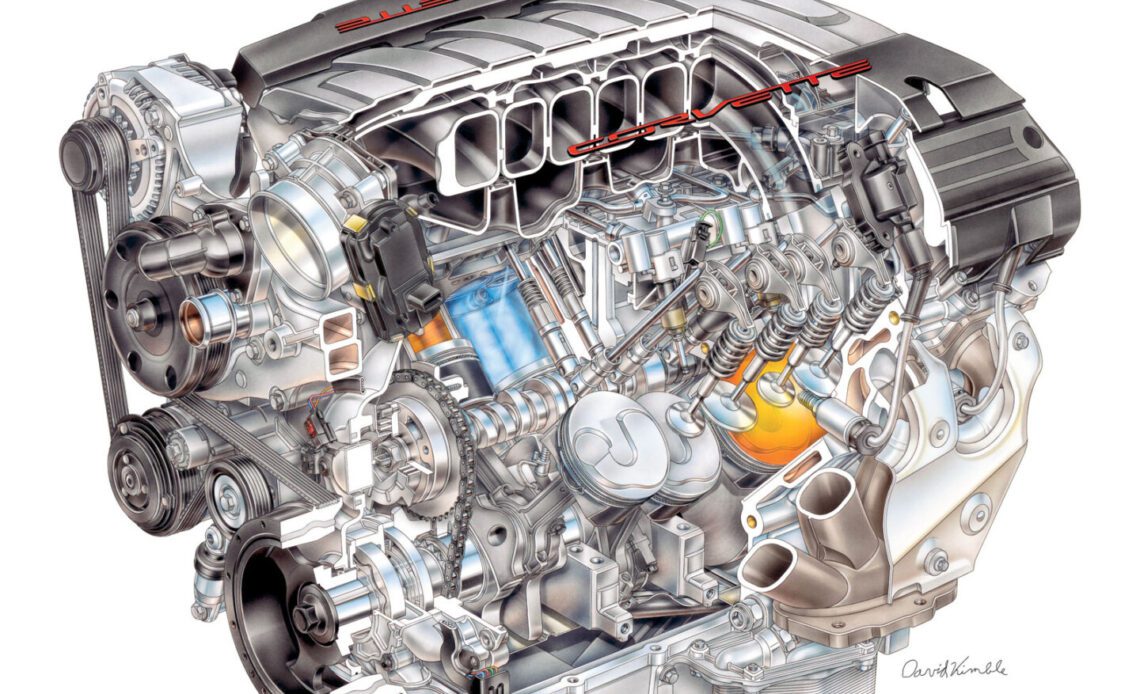Are you feeling a bit disenchanted by GM’s direct-injected Gen V LT engine? Does the proven performance of port injection better suit your horsepower hunger?
As a leader in all things GM performance-oriented, Brian Tooley Racing (BTR) has experimented extensively with both port and direct injection over the years. Tooley himself is a big fan of the Gen-V 6.2-liter GM engine in particular, as these motors have the ability to produce around two horsepower-per-cubic-inch on E85 with just a few modifications.
GM’s direct-injected Gen-V LT engine is a drastic design change from the previous Gen-IV LS engines. Placing the fuel injector directly in the cylinder heads is the biggest difference between the LT and LS families. It’s also a point of concern with many enthusiasts looking to modify their engines.
Let’s see… it takes only a slight amount of aftermarket assistance combined with 376 cubic inches of unrestrained American muscle for approximately double the factory power numbers. Let that sink in for a second…
As BTR’s recent YouTube comparison video clearly states, taking an honest, unbiased approach to making power remains paramount. This led the team at BTR to an intriguing question. Port injection or direct injection. Which produces more power?
Since dyno testing and complete transparency are two of the many things the BTR team is all about, they set out to see which fueling method produces more ponies. What they discovered was surprising and repeatable, as the results clearly prove one form of fueling is far more potent than the other.
Power Production Pointers
To shine a little light on port versus direct injection engines, Brian Tooley brought in EFI calibration specialist James Short of ShorTuning. A drag racing GM enthusiast with an impressive tuning portfolio and a penchant for conducting all manner of unorthodox experiments out of sheer curiosity.
As many other speed fanatics and internal combustion gurus will attest, the latent heat of evaporation often allows carbureted engines to make more power than their port-injected alternatives. A methodology that Brian Tooley explains in his video as one that translates to fuel being introduced into the system earlier than many modern fuel injection configurations.
Two Systems Enter, One System Wins
For their test mule, BTR used a slightly modified LT1 engine with a BTR Trinity intake manifold and some block-off port bungs…
Click Here to Read the Full Original Article at DragzineDragzine…

